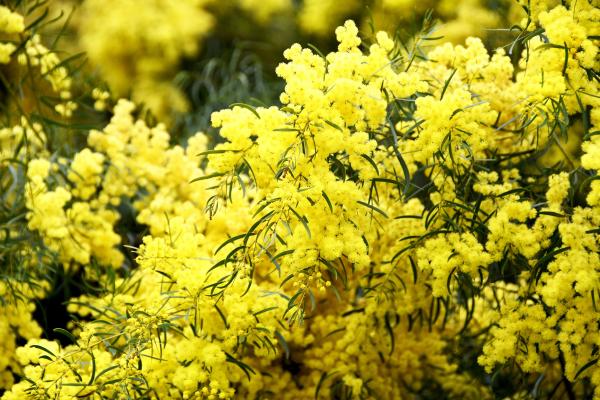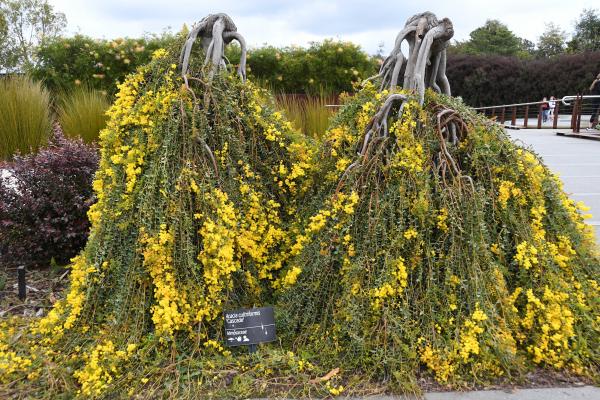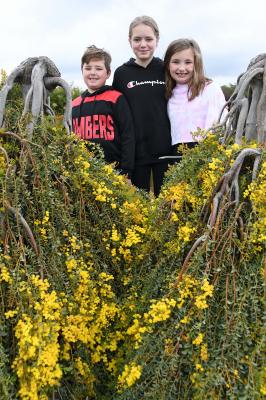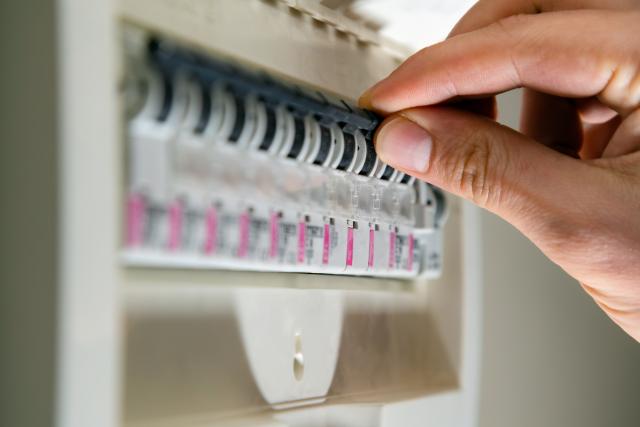Residents are being asked to wear a sprig of flowering wattle as a symbol of resilience and optimism on National Wattle Day.
National Wattle Day, which takes place on Wednesday 1 September, recognises our national floral emblem.
The golden blooms are also a symbol of unity, and remind us that together we will see this through and prevail over Covid-19.
Wattles have seen many seasons in Australia, going back more than 30 million years.
They have survived in all sorts of conditions and all manner of difficulties.
They remind us that after the difficult times, whether a tough winter, a long drought or an ongoing, wearying pandemic, there is a pay-off – there is gold.
In these COVID times, city councils have rallied to lift our spirits by lighting up their landmarks in yellow and green for National Wattle Day.
From Perth to Adelaide, Melbourne, Launceston, Hobart, Canberra, Brisbane and Townsville, Australia’s national colours of gold and green will be glowing around us both day and night on 1 September.
This grass-roots celebration of National Wattle Day on 1 September has gained momentum over the last few years with growing recognition of the importance of wattle in the lives of ordinary Australians.
At the Royal Botanic Gardens Cranbourne there are over 70 species of wattle, with that number rising every year.
One of those is Acacia Fimbriata Fringed Wattle.
This variety is great for a quick screening hedge and comes in multiple forms from dwarf shrub to tree.
It lines the grassed area in the gardens with wattle blossoms in late winter and flowers in late winter and early spring.
The gardens are also home to Acacia cultriformis ‘standard’ Knife-Leaf Wattle.
This is a grafted standard of Prostrate Acacia Cultriformis and is a quirky alternative to a typical standard plant.
The Royal Botanic Gardens Cranbourne also host a rare variety of wattle, Acacia Caerulescens Buchan Blue Wattle.
Visitors can see a large specimen in the Forest Garden.
It’s considered the fastest growing wattle and can grow to 15 metres.
It has spectacular blue leaves and is vulnerable in Victoria, only occurring in the Buchan area in Gippsland.
The only shadow across all this golden celebration is the myth that wattle pollen causes hay fever and asthma.
According to the Wattle Day Association, the most likely allergy triggers are the invisible pollens of introduced grasses and trees that you can’t see.
Ask your allergy specialist or visit https://www.allergy.org.au/images/ASCIA_PCC_Pollen_allergy_2020.pdf for more information.
For more about how you can celebrate National Wattle Day, check out the Wattle Day Association’s website: http://www.wattleday.asn.au/









